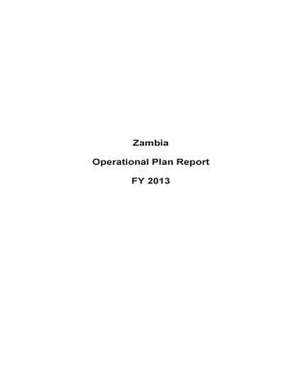Zambia Operational Plan Report Fy 2013
Autor United States Department of Stateen Limba Engleză Paperback
Preț: 171.29 lei
Nou
Puncte Express: 257
Preț estimativ în valută:
32.78€ • 34.31$ • 27.28£
32.78€ • 34.31$ • 27.28£
Carte disponibilă
Livrare economică 10-24 martie
Preluare comenzi: 021 569.72.76
Specificații
ISBN-13: 9781503194120
ISBN-10: 1503194124
Pagini: 508
Dimensiuni: 216 x 279 x 26 mm
Greutate: 1.17 kg
Editura: CREATESPACE
ISBN-10: 1503194124
Pagini: 508
Dimensiuni: 216 x 279 x 26 mm
Greutate: 1.17 kg
Editura: CREATESPACE
